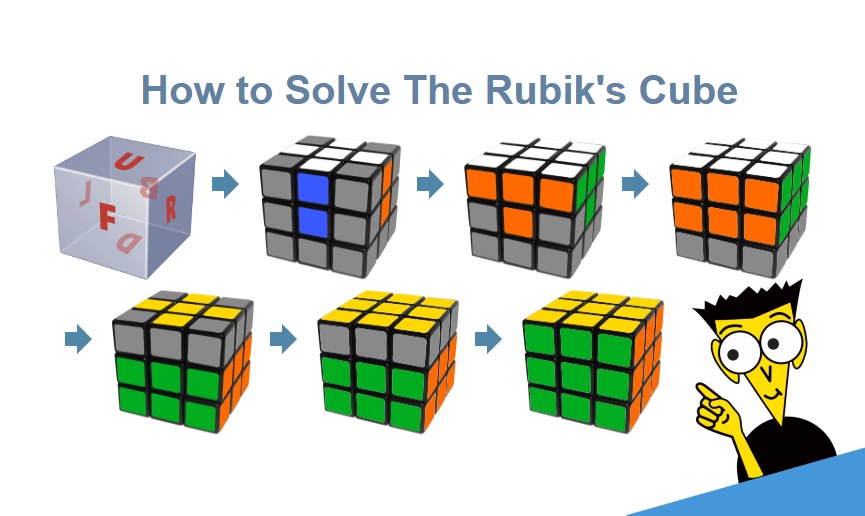
The main group is Mehta-OS, OS standing for Option Select, and the advanced section is Mehta-TDR, named so after the first varying step, TDR, in that path. The Metha method method was made for 3x3 by Yash Mehta, but it has been adapted to big cubes by Matthew Hinton with the Mehta-MH method, and it also works on Square-1, but the details for that are still being worked out. Roux uses some pretty advanced techniques such as block building right off the bat, so almost all people who use Roux have switched to it after getting familiar and fairly quick with CFOP. In terms of ease of understanding, CFOP is more structured for the average beginner than Roux is. In CFOP, the last two steps have algorithms that can be drilled normally, but Roux’s last step used the M slice and U moves only, which make accurate turning even more vital so as to avoid pops. Also, being able to accurately turn the cube fast is arguably more important in Roux. Whereas CFOP relies on mainly on look-ahead with only a small focus on intuitive solving (the F2L stage, although it could be argued that it is intuitive, has only a certain number of possible cases for each pair that eventually become muscle memory, whereas the cross has many more possibilities), two major steps in Roux involve intuitive block building. He has also used the method to win many UK and European competitions, proving that it truly is a competitor to CFOP. The fastest Roux solver is currently 15 th in the World for a single solve, although the same solve was 3 rd in the World when it was set. Roux is a metho that is a large competitor with CFOP. Learn the Advanced Fridrich Method » Roux Method All steps of this method become incredibly simple once algorithms have been drilled and the solver has practiced enough, which probably contributes to its unbelievable speed capacities. Then the last layer is tackled by learning the algorithms to solve the cube in two extra steps. The steps involve building the foundations for the first two layers and then pairing up pieces before inserting them around the foundations to solve the first two layers. Perhaps one of the reasons for its popularity is the logical sense that each step makes. Nobody has been able to devise a more efficient method and although some different methods are still popular and incredibly fast times are possible on those as well, CFOP has always been the main method. Since it became popular, CFOP has always been the Old Faithful of speedcubing – Simple to learn and, although harder to get good at, very rewarding to those who put in the time. In fact, some beginner methods use some, if not all, of CFOP’s steps in a slightly easier to understand way.

The main method that people advance to off of beginner methods is CFOP. There’s only so far that the original method can carry a solver in terms of speed, so many more have been created that, whilst increasing the number of algorithms required to learn, have unlocked potential that has before been thought impossible, such as below 10 second solves. Puzzlers may choose to either practice the speed aspect of the cube whilst others may choose to discover different modifications and different puzzles. For some, solving the Rubik’s Cube, although a massive achievement, isn’t enough.

There have been many methods created to maximise speed and set records. Learn the Beginner's Method » Efficiency / Speed

I’m going to talk about some of the methods people have created to address one of two different aspects – Efficiency and ease-of-learning.
#Solving runix cube aq how to#
Whether you’ve just learnt how to solve the cube or you’re a veteran, there are many different methods that are available, each with their own unique opportunities to improve in speed (if that’s what you want to do). Home » Rubik's Cube » Different Rubik's Cube Solving Methods - Ruwix Different Rubik’s Cube Solving Methods


 0 kommentar(er)
0 kommentar(er)
